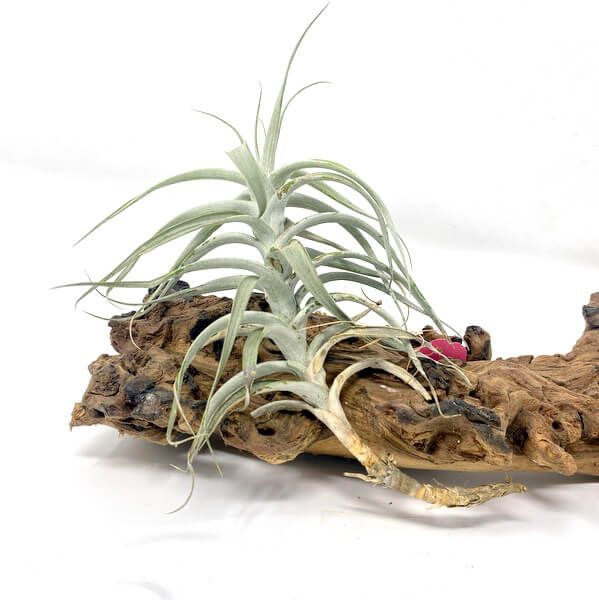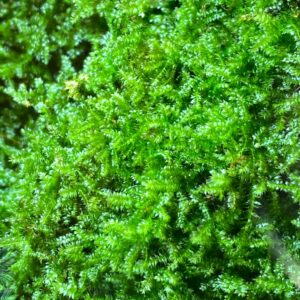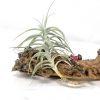hello@airplantplanet.com
Description
Native distribution and habitat: The species is endemic to areas of Hidalgo, Mexico where it grows saxicolous on cacti or rocks at altitudes of 500 to 2000 m. It has been reported that the species range may be restricted to but a few canyons making them extremely vulnerable to extinction in the wild.
Growth habit: T. albida is a caulescent (stem-growing) species, and although for me it just keeps growing longer, once mature, can form a large clump in just several years. The long stem of these plants assists them to anchor in unstable environments where there is sand dunes and loose gravel which is common in high altitude canyons. Archetype form A – caulescent with the leaves curving outwards from the stem.
Foliage: The flared or slightly recurved bladed leaves can be up to 120 mm long while the cross-section of the leaf forms a pronounced concave shape which is accentuated at the base. The leaves have a strong trichome coating which gives it a white sliver appearance. The leaves appear to spiral around the stem which can often be quite long (300 -400 mm).
Flowers: The rachis and floral bracts are a most colourful crimson. The flowers are cylindrical corollas with exserted stamens and stigma of subgenus Tillandsia but they are a cream colour which is rare. The scape bracts are bright red.
Pups: Pups from on the stem and can often appear from old parts of the stem that appear dead, so do not cut these off.
Cultivation: While it prefers a sunny warm situation with bright light, it is a hardy plant and can tolerate cool conditions down to near freezing for short periods. Like all white Tillandsias the species requires bright sunlight. Under cultivation it often remains rootless. Excellent beginners plant.
Size: 10-12 inch



